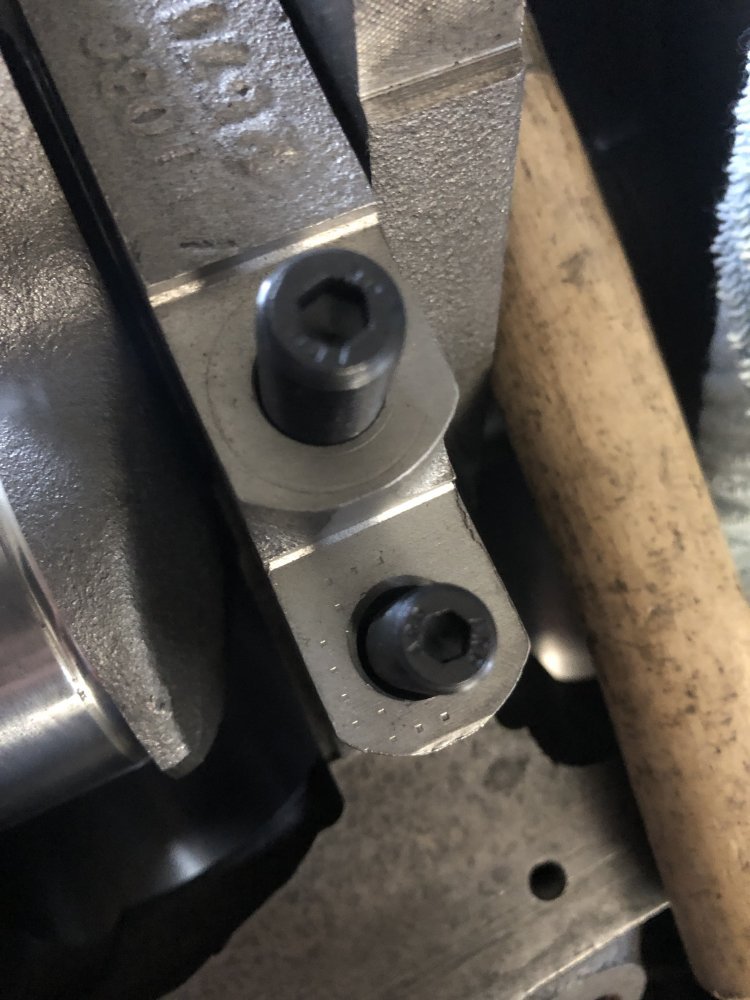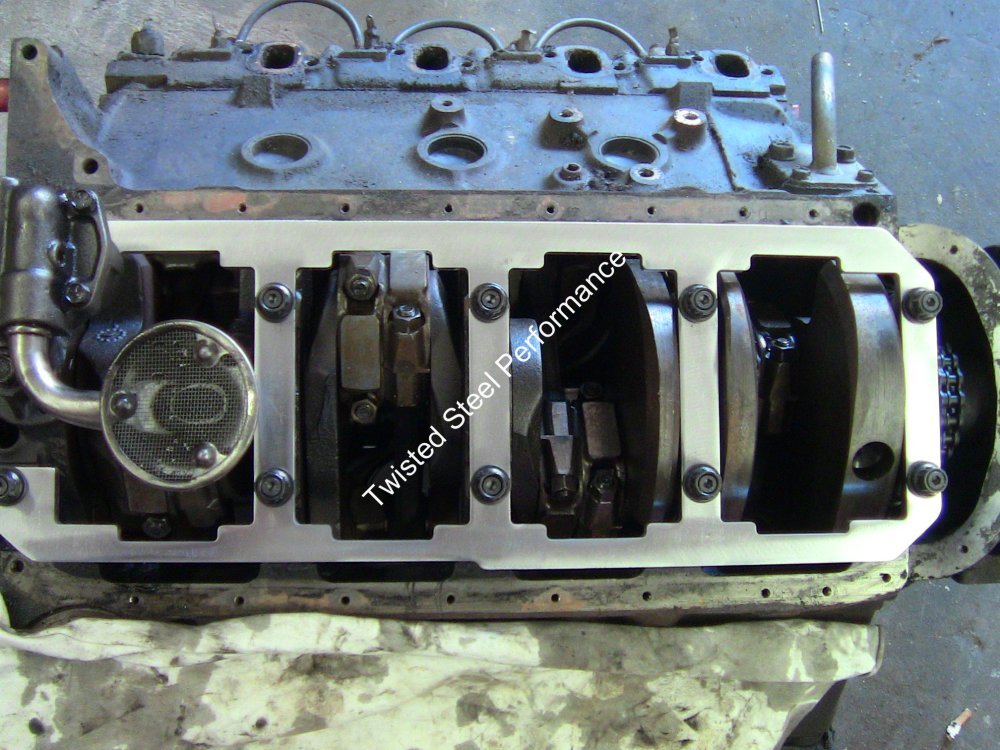Navigation
Install the app
How to install the app on iOS
Follow along with the video below to see how to install our site as a web app on your home screen.
Note: This feature may not be available in some browsers.
More options
-
Welcome to The Truck Stop! We see you haven't REGISTERED yet.
Your truck knowledge is missing!
- Registration is FREE , all we need is your birthday and email. (We don't share ANY data with ANYONE)
- We have tons of knowledge here for your diesel truck!
- Post your own topics and reply to existing threads to help others out!
- NO ADS! The site is fully functional and ad free!
Problems registering? Click here to contact us!
Already registered, but need a PASSWORD RESET? CLICK HERE TO RESET YOUR PASSWORD!
You are using an out of date browser. It may not display this or other websites correctly.
You should upgrade or use an alternative browser.
You should upgrade or use an alternative browser.
Main bearing caps.
- Thread starter Lawdawg#1
- Start date
DieselAmateur
She ain't revved 'til the rods are thrown...
See post #8, apparently GM couldn't be bothered to change the caps to match stud size
Splayed main caps
We are now stocking splayed main caps, 550.00 $ I have also made the decision these along with my Halo Girdle will be standard for customer builds, all the customer will pay for is the machining cost to install the caps... @DieselAmateur you will like this :shame:
www.thetruckstop.us
DieselAmateur
She ain't revved 'til the rods are thrown...
Sure thing, let us know what you come up with for inserts. It's been covered in other posts on here, but I'll reiterate that some of the best insurance you can have for the bottom end is get the whole rotating assembly balanced. Relatively inexpensive and a good time to do it now with your engine already apart
You can attempt sleeves if you want but that won't stop cap walk or freating, and the cheesy cheap girdles that use the outside bolts are worthless. I offer a Halo girdle that uses the 10 inside stud location's.
Will L.
Well-Known Member
Yup- get the halo girdle imo. Adding sleeves wont help- if you were to weld them up and drill out then reharden the caps and then alingn hone- ok. But the gaps of sleeve inside caps- I don’t think will do much floating around in there
SnowDrift
Ultra Conservative. ULTRA!
With a large hole and small fastener, it tells me the only thing the outer bolts do on later blocks is hold due to friction between block and cap - not a mechanical stop. That said, the block and cap can still move independent of one another in this setup. In terms of bolt tension, I suppose an argument could be made of the benefit, but for lateral stability, the outer bolts do little in their current setup from what I can tell. A better design (and I'm no engine block designer) would be a shoulder bolt with the shoulder about the same length as the cap hole. Assuming the shoulder was a machined fit to the cap, the outer bolt would see shear and tension, but no bending to speak of. The bending wouldn't be as likely to be transferred into the web.
Put the originally designed studs in place, throwing away the bolt idea totally, and I think a guy would have a superior setup in a factory style configuration if they didn't opt for splayed mains. I'm further convinced that bolts do not belong on the main caps - only studs.
Put the originally designed studs in place, throwing away the bolt idea totally, and I think a guy would have a superior setup in a factory style configuration if they didn't opt for splayed mains. I'm further convinced that bolts do not belong on the main caps - only studs.
Will L.
Well-Known Member
The larger bolt still fits sloppy. The head of the bolt pushing the cap against the block is the holding force.
The cap is already an interference fit with the block- that why a rubber mallet is used to tap the cap in and tap it out when the bolts aren’t even there yet.
You don’t want ANY friction between the bolt edges and the cap holes because that is force loss that otherwise should be transferred to clamping force.
The only time this would be a problem is IF the head of the 10mm bolt was to wear away and go into the hole. But the torque is no where near enough to distort the foange of the bolt head, or the washer if you use studs.
If you were to try having the holes fit the bolt so tight they could stop cap walk, the threaded holes in the block would have to be drilled and tapped to within 0.01 location. Because if the threaded hole was off more, it would move the cap which would change fitment on bearing. This is why no engine ever was built this way. It is all clamp force.
To be any stronger you have to have the main caps all tied together. This is why the full girdle (bedplate as AM General calls it) was designed. Because you would have to move them all at once for cap walk, and the load gets distributed to the other main webs when one cylinder fires. The next best thing to a full girdle is a bolt together full girdle, then is a halo girdle.
But adding spacers inside the caps- wont help anything and definitely has potential to cause problems.
The cap is already an interference fit with the block- that why a rubber mallet is used to tap the cap in and tap it out when the bolts aren’t even there yet.
You don’t want ANY friction between the bolt edges and the cap holes because that is force loss that otherwise should be transferred to clamping force.
The only time this would be a problem is IF the head of the 10mm bolt was to wear away and go into the hole. But the torque is no where near enough to distort the foange of the bolt head, or the washer if you use studs.
If you were to try having the holes fit the bolt so tight they could stop cap walk, the threaded holes in the block would have to be drilled and tapped to within 0.01 location. Because if the threaded hole was off more, it would move the cap which would change fitment on bearing. This is why no engine ever was built this way. It is all clamp force.
To be any stronger you have to have the main caps all tied together. This is why the full girdle (bedplate as AM General calls it) was designed. Because you would have to move them all at once for cap walk, and the load gets distributed to the other main webs when one cylinder fires. The next best thing to a full girdle is a bolt together full girdle, then is a halo girdle.
But adding spacers inside the caps- wont help anything and definitely has potential to cause problems.


